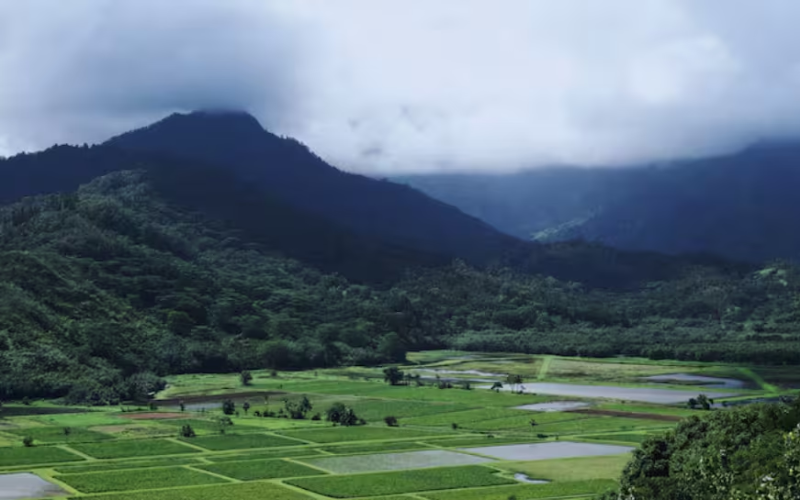Although India has the largest vegetarian population in the world, a significant portion of the population also enjoys non-vegetarian food.
According to a recent survey, more than 85% of Indians include non-vegetarian items in their diet. India is known for having one of the largest vegetarian populations in the world — but do you know which state has nearly 99% of its people eating non-vegetarian food?
As per a recent study, Nagaland records the highest meat consumption in India, with an overwhelming 99.8% of its population identifying as non-vegetarian. West Bengal ranks second on the list, with 99.3% of its population consuming non-vegetarian food. Kerala follows in third place, where 99.1% of residents include non-vegetarian items in their diet.
In Nagaland, most traditional dishes are centered around meat. The cuisine is known for its generous use of chillies and spices. Boiled vegetables served with rice and spicy chutneys also play a key role in the local diet. Smoked meat and fish are staples of Naga culinary culture, and people enjoy these dishes with great enthusiasm.
While meat consumption is high in several parts of the country, states like Haryana, Punjab, Rajasthan, and Uttar Pradesh lead in the consumption of milk and dairy products. These states follow largely vegetarian diets, shaped by cultural and religious traditions, with dairy playing a major role in their daily meals.
The 2022–23 report by the Ministry of Statistics and Programme Implementation, published by the NSSO, offered important insights into India’s food consumption trends. It highlighted notable regional variations shaped by cultural, climatic, and economic influences. Southern states and the Northeast show a strong inclination towards non-vegetarian food, whereas northern states tend to prefer vegetarian diets, particularly rich in dairy products.
India’s food habits showcase its rich cultural diversity, with states such as Nagaland, West Bengal, and Kerala having a strong preference for non-vegetarian cuisine, while northern states lead in dairy consumption. This striking contrast underscores how geography and tradition influence dietary patterns across different regions of the country.
News Courtesy: Zeenews

